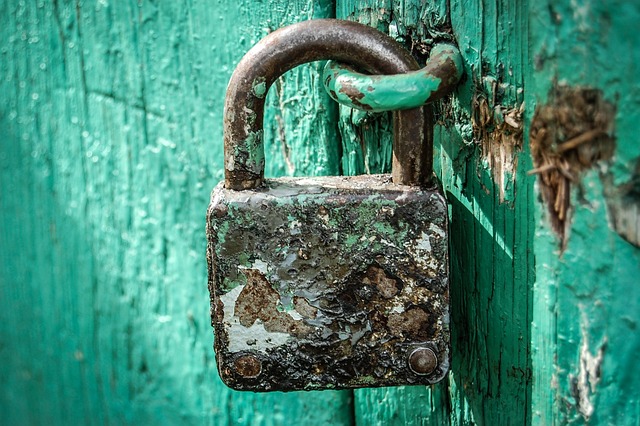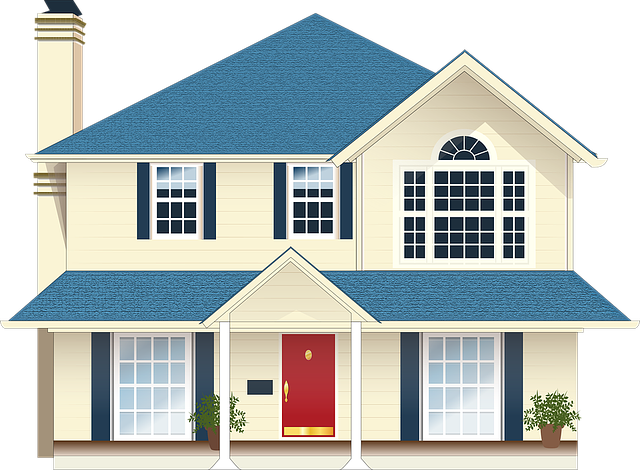The aging population highlights the need for specialized senior home safety systems that address elderly individuals' unique challenges, such as mobility and cognitive impairments. Modern solutions offer simple interfaces, discreet emergency calls, integration with healthcare devices, and wireless connectivity. Key features include clear alerts, motion sensors, fall detection, door/window sensors, and smoke/carbon monoxide detectors. Smart home assistants enhance caregiving by providing immediate responses and allowing voice-activated control of security features, promoting independent living and improving overall safety.
In ensuring the well-being of elderly individuals, implementing easy-to-install alarm systems tailored to their needs becomes paramount. This article explores senior home safety systems, highlighting unmet requirements and challenges in this domain. We delve into key features that make alarm systems user-friendly for seniors, discuss sensor technologies enhancing their effectiveness, and examine integration with smart home assistants for improved caregiving. Understanding these aspects is crucial in fostering safer environments for the aging population.
- Understanding Senior Home Safety Systems: Unmet Needs and Challenges
- Key Features of Easy-to-Install Alarm Systems for Seniors
- Types of Sensor Technologies Used in Elderly-Friendly Alarms
- Integration with Smart Home Assistants for Enhanced Caregiving
Understanding Senior Home Safety Systems: Unmet Needs and Challenges

Many elderly individuals face unique challenges when it comes to ensuring their home safety, leading to a growing need for specialized senior home safety systems. As the population ages, the demand for user-friendly and accessible security solutions is on the rise. Traditional alarm systems often fall short of addressing the specific requirements of older adults who may have mobility issues, reduced hearing or vision, or cognitive impairments. These unmet needs highlight the importance of designing home safety technology tailored to seniors’ lifestyles and abilities.
The challenges in implementing senior home safety systems include ensuring simplicity and ease of use. Elderly users often prefer intuitive interfaces with clear audio or visual cues, large buttons or touch screens, and simple programming. Additionally, integration with existing healthcare devices and the ability to discreetly call for help are crucial features that can provide seniors and their families with peace of mind. By understanding these challenges, developers can create innovative solutions that promote independent living while enhancing safety measures within senior homes.
Key Features of Easy-to-Install Alarm Systems for Seniors

When considering senior home safety systems, ease-of-install is a crucial feature to look for—both for the user and caregivers. These alarm systems are designed with simplicity in mind, ensuring that seniors can easily manage them independently while providing peace of mind for loved ones. Key features include simple button controls, clear audio or visual alerts, and an intuitive design that requires minimal setup or technical knowledge.
Many modern solutions offer wireless connectivity, eliminating the need for complex wiring. This not only simplifies installation but also enhances portability, allowing seniors to place the alarm system where it’s most needed—whether that’s in their bedroom, bathroom, or even on their wrist as a wearable device. Additionally, integration with smart home hubs can enable remote monitoring and control, empowering caregivers to check-in from anywhere at any time.
Types of Sensor Technologies Used in Elderly-Friendly Alarms

Modern senior home safety systems leverage a range of sensor technologies to ensure the well-being of elderly individuals. These sensors play a pivotal role in detecting potential hazards and triggering alerts, making them essential components of any elderly-friendly alarm system. Motion sensors, for instance, can identify unusual activity patterns and alert caregivers or family members if an elder is unable to move or has fallen.
Additionally, fall detection sensors have evolved significantly, using accelerometers and gyroscopes to recognize sudden changes in position that may indicate a fall. These sensors are particularly valuable as they can automatically dispatch help without the need for manual intervention. Other technologies include door and window sensors, which alert users when access points are opened or closed unexpectedly, and smoke and carbon monoxide detectors to monitor environmental hazards within the home.
Integration with Smart Home Assistants for Enhanced Caregiving

The integration of smart home assistants with senior home safety systems offers a powerful tool for enhanced caregiving. These voice-activated devices can be tailored to monitor and respond to various triggers, ensuring the well-being of elderly individuals. For instance, a smart assistant can detect unusual activity patterns or falls and immediately alert family members or emergency services, providing rapid assistance.
With simple voice commands, seniors can also remotely control their security systems, allowing them to check cameras, lock doors, and adjust settings without physical strain. This seamless integration of technology not only improves home safety but also promotes independent living, empowering the elderly to manage their daily routines with greater ease and peace of mind.
Senior home safety systems, specifically easy-to-install alarm solutions, play a pivotal role in enhancing the well-being of elderly individuals. By addressing the unique challenges they face, these systems offer peace of mind and improved living conditions. Through advanced sensor technologies and seamless integration with smart assistants, senior citizens can maintain independence while ensuring prompt assistance during emergencies. This innovative approach to home security is transforming caregiving, making it more efficient and responsive to the specific needs of seniors.
